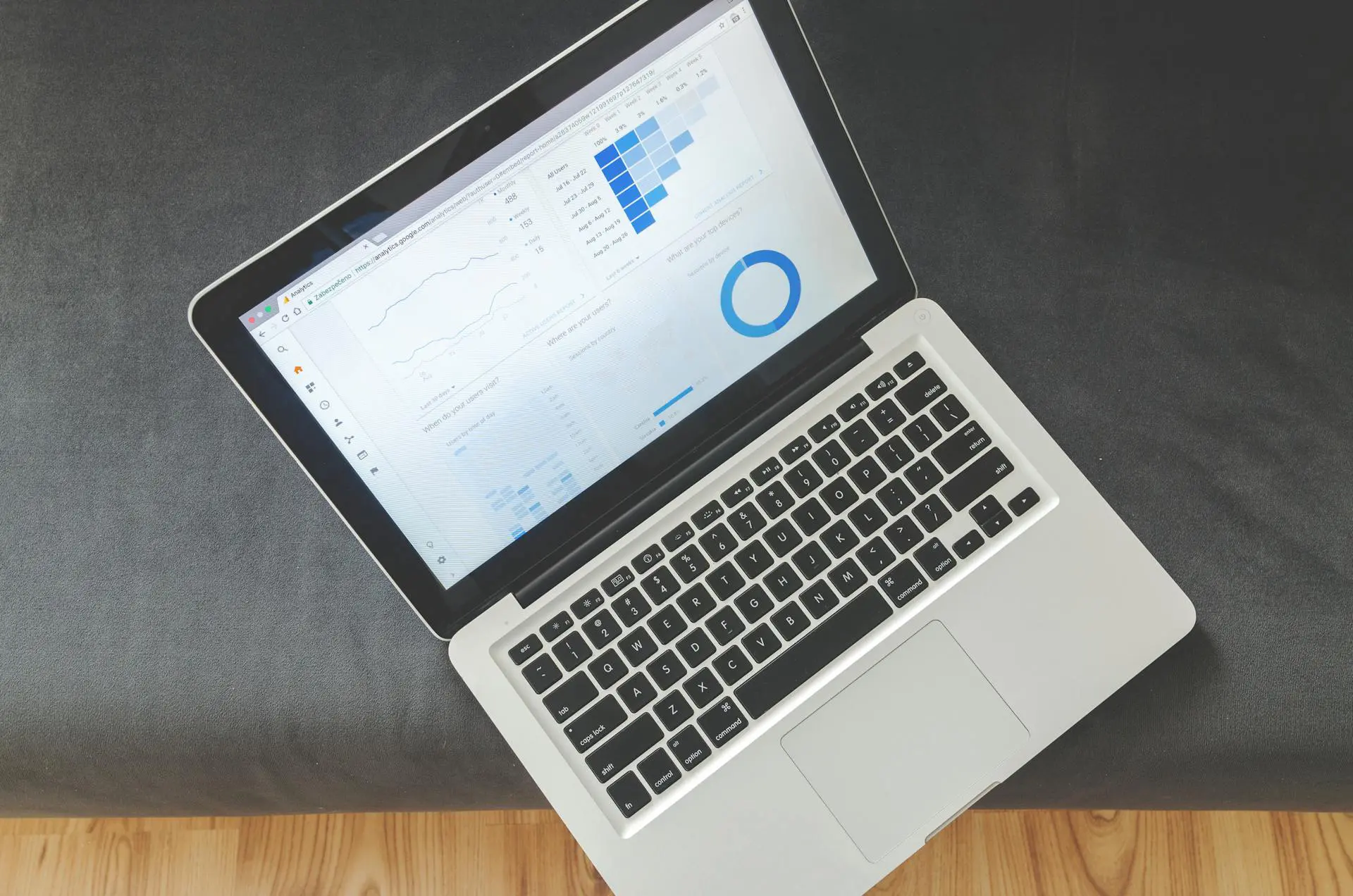Imagine trying to navigate a bustling city without street signs or maps. Frustrating, right?
That’s what managing your organization’s data can feel like without proper data governance tools. As the volume and complexity of data continue to grow, you’re faced with a critical question: How do you choose the right data governance solution? At Semarchy, we’ve guided countless organizations through this challenge. In this post, we’ll unpack the must-have features that can transform your Master Data Management (MDM) strategy.
5 Key Data Governance Capabilities and Features
Whether you’re a data governance novice or looking to refine your existing practices, we’ll help you cut through the noise and focus on the data governance capabilities that truly matter.
1. Data Catalog and Metadata Management
-
- Automated metadata discovery: This streamlines the process of organizing and describing data assets, ensuring consistency and reducing manual effort.
-
- Semantic modeling: Create a common language for data across your organization, improving communication between technical and business teams.
-
- Data lineage tracking: Follow your data’s journey from origin to destination, providing transparency and aiding in compliance efforts.
-
- Powerful search functionality: Enable users to find relevant data assets quickly, based on various criteria.
By integrating these features, your data catalog becomes the central source of truth for metadata management across your organization. This fosters collaboration, enhances data literacy, and supports more informed decision-making. A well-implemented data catalog is essential for maximizing the value of your data assets.
2. Data Quality Management
High-quality data is essential for reliable analytics and decision-making. When selecting a data governance tool, look for these data quality management features:
-
- Automated quality checks: Maintain high standards of data accuracy, completeness, and consistency across your organization.
-
- Data profiling tools: Gain insights into the structure, content, and quality of your data sets.
-
- Data cleansing capabilities: Correct, standardize, and enrich your data to improve overall quality.
-
- Quality scoring mechanisms: Track improvements over time and prioritize your data quality initiatives.
-
- Root cause analysis tools: Identify and address the underlying causes of data quality issues.
-
- Data quality dashboards: Get a comprehensive view of your data quality landscape.
Integrating these features with your data governance workflows ensures that data quality problems are addressed promptly and consistently.
This proactive approach to data quality management helps build trust in your data assets and supports more reliable analytics and decision-making processes across your organization.
3. Policy and Standards Management
ffective policy and standards management is crucial for maintaining order in your data ecosystem. When evaluating data governance solutions, look for these key features:
-
- Policy creation tools: Utilize templates and best practices to develop comprehensive data governance policies.
-
- Automated enforcement mechanisms: Ensure consistent application of policies across your organization.
-
- Version control and change management: Keep track of policy changes and maintain a clear audit trail.
-
- Role-based access controls: Ensure only authorized personnel can create, modify, or approve policies.
-
- Impact analysis tools: Understand how new policies will affect your data landscape before implementation.
-
- Integration with business glossaries and data catalogs: Provide context for policies and standards.
With these data governance features, you’ll ensure your policies are consistently applied and efficiently managed across your organization. This systematic approach reduces risk, improves data security, and helps maintain alignment with regulatory requirements and business objectives.
4. Collaboration and Workflow
Data governance is a collaborative effort, requiring tools that support teamwork and streamline processes. Look for these collaboration and workflow features:
-
- Workflow automation: Streamline data governance processes and improve operational efficiency.
-
- Collaboration features: Enable commenting, tagging, and sharing to foster knowledge exchange.
-
- Task management: Assign, track, and monitor data governance activities effectively.
-
- Version control for collaborative documents: Maintain consistency and avoid conflicts in team efforts.
-
- Audit trails: Maintain transparency and accountability in data governance activities.
These features help break down silos and create a more cohesive data governance culture. By fostering teamwork and providing clear workflows, you’ll not only boost efficiency but also increase buy-in from stakeholders across your organization. Effective collaboration tools are essential for creating a sustainable and successful data governance framework.
5. Reporting and Analytics
To demonstrate the value of your data governance initiatives, look for robust reporting and analytics capabilities:
-
- Customizable dashboards: Visualize key data governance metrics and KPIs for easy monitoring.
-
- Compliance reporting tools: Generate necessary documentation to demonstrate regulatory adherence.
-
- Maturity assessment analytics: Benchmark your current state and identify areas for improvement.
-
- Trend analysis features: Track changes in data quality and policy compliance over time.
-
- Business intelligence integration: Combine data governance insights with other business metrics for a comprehensive view.
-
- Predictive analytics: Anticipate potential data governance issues and take proactive measures.
-
- Export and sharing functionalities: Easily distribute insights to stakeholders across your organization.
These features help you demonstrate the business value of your data governance initiatives and facilitate data-driven decision-making at all levels. By providing clear, actionable insights, you can continuously improve your practices, justify investments, and align your efforts with broader business objectives. Effective reporting and analytics are crucial for maintaining momentum in your data governance strategy.
Other Factors to Consider
While we’ve covered the essential features, there are additional factors to consider when choosing your data governance solution:
Scalability
Ensure the solution can grow with your organization’s data volumes and complexity. As your data ecosystem expands, your data governance tool should handle increased loads without compromising performance.
Integration capabilities
Look for robust APIs and pre-built connectors to popular data platforms and applications. Seamless integration with your existing tech stack minimizes disruption to your workflows.
User-friendliness
Consider solutions with intuitive interfaces for both technical and non-technical users. A user-friendly tool encourages adoption across the organization and reduces the learning curve.
Deployment options
Support for cloud, on-premises, and hybrid deployments provides flexibility based on your infrastructure and security requirements. Choose a solution that aligns with your current IT strategy and future plans.
AI and machine learning capabilities
These technologies can enhance various aspects of data governance, from automated metadata discovery to policy recommendations. Look for solutions that leverage AI to improve efficiency and effectiveness.
Total cost of ownership
Evaluate both short-term and long-term costs against expected benefits and ROI. Consider factors like licensing, implementation, training, and ongoing maintenance.
Vendor reputation and support
Look for vendors with a strong track record, responsive support, and active user communities. A reliable vendor can be a valuable partner in your data governance journey.
Take the Next Step to Choosing Your Data Governance Tool
Selecting the right data governance tool is a critical decision that can significantly impact your organization’s data management effectiveness. By prioritizing key data governance capabilities and considering factors like scalability and integration, you’ll be well-equipped to choose a solution that meets your current needs and grows with your future ambitions.
At Semarchy, we’re committed to helping organizations maximize their data assets. Our comprehensive data governance solutions are designed to address these key areas and more. Ready to take the next step in your data governance journey? Let’s discuss how we can help you achieve your data management goals.
Share this post
Featured Resources
No featured post selected.























































